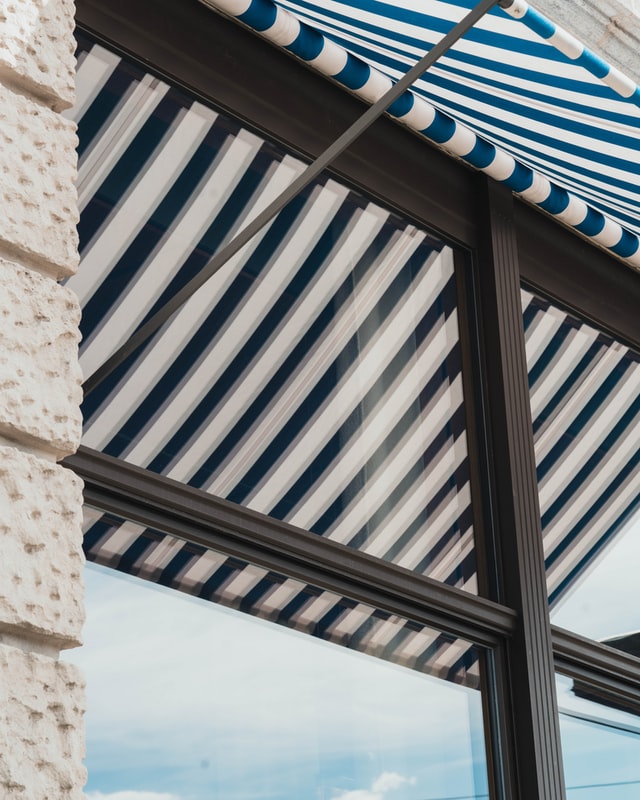Colorful fabrics are beautiful, but creating them is one of the world’s largest sources of water pollution. Textile mills have been known to dump residual dyes and hazardous chemicals into canals, streams and rivers.
Researchers from North Carolina State University’s College of Natural Resources and the Wilson College of Textiles have developed a process that could someday solve this problem—and it involves the use of nanoscopic particles extracted from wood.
“Textile mills use dyes and other coloration agents that are very toxic,” says Nathalie Lavoine, an assistant professor in the Department of Forest Biomaterials. “We believe using nanocellulose is a way forward to sustainable processing.”
Nanocellulose is a naturally occurring substance extracted from cellulose—the main substance of a plant’s cell walls. The researchers have developed a process that allows them to use nanocellulose to produce clothing items with iridescent features resembling the rainbow-hued shimmer seen on fish scales, bird feathers and insect bodies. Until now there had been no way to apply nanocrystal particles to textiles.
Cellulose is extracted from wood chips and is combined with water, treating the resulting mixture with acid to uncover nanocrystals. After it is purified, the researchers add the mixture to frames so that it can solidify into plastic-like films. Then, using a CAD table, they cut the films into shapes and patterns that can be printed onto clothing items. The team is also testing the application of nanocellulose on a variety of other items, including phone cases.








Leave A Comment